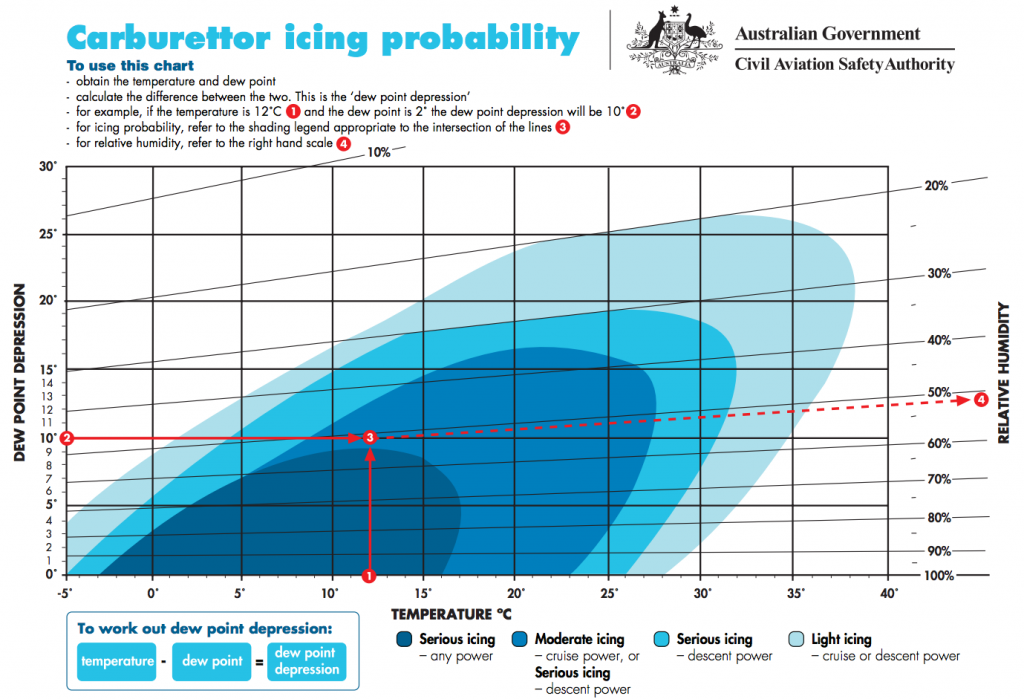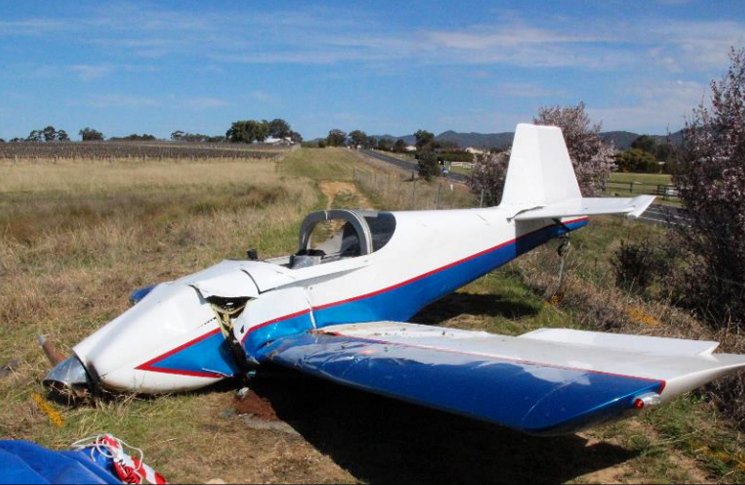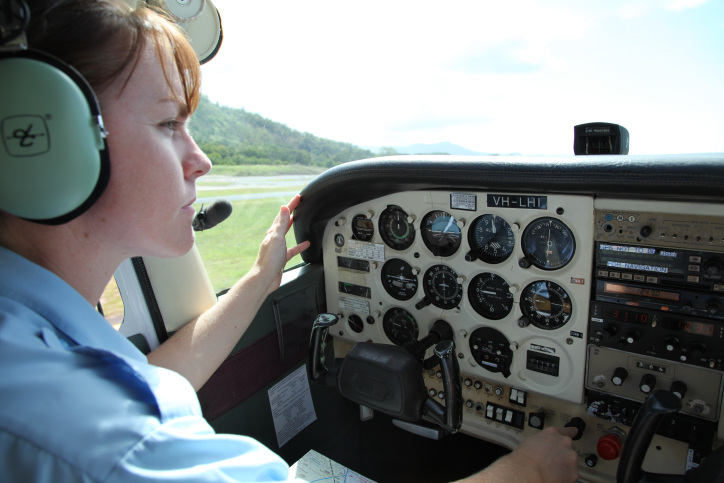This cautionary tale has lost none of its power since it was first published in 2016
Australia’s crash investigator reminded pilots about the dangers of carburettor icing after releasing its final report of a fatal crash that occurred in 2014.
The pilot and passenger died when their amateur-built Van’s Aircraft RV-6 suffered engine failure on final approach to Mudgee Airport.
It is believed the experimental aircraft entered an aerodynamic stall after a sharp turn followed by engine ‘splutter’ and ‘rev’ before crashing 300 metres short of the runway threshold.
The Australian Transport Safety Bureau (ATSB) said the engine failure was probably due to carburettor icing, with no other defects identified that would have prevented the engine operating normally.
The report found the environmental conditions at the time were ‘conducive to serious carburettor icing at decent power’ and the pilot-operated carburettor heat control in the wreckage was ‘found in the OFF position.’
The ATSB warned pilots owning an aircraft ‘fitted with a carburettor are advised to check the forecast weather conditions and consider the risk of carburettor icing as a result of the conditions prior to each flight’.
The bureau also cautioned that although ‘aircraft operated in the experimental category are not required to be fitted with a stall warning device, owner-pilots should consider the benefits of such devices as a last line of defence against the inadvertent approach to, or entry into, an aerodynamic stall’.
The report also noted that according to GPS data collected, the pilot had a habit to ‘fly approaches at lower than recommended circuit heights and at speeds close to the aircraft’s stall speed’. This finding, in conjunction with the finding that the aeroplane’s ‘weight was higher than the design limits’ were also considered factors that increased the risk of the accident occurring.
You can read the full report via the ATSB’s website. The Civil Aviation Safety Authority has produced a carburettor icing probability chart (below), available digitally via its website or in hardcopy from its online store.







ATSB explicitly stated the weight of the aircraft was NOT a factor in the crash:
“The ATSB also found that the aeroplane’s weight was higher than the design limits. However, the effect of this weight on aircraft performance was not considered to have contributed to the accident.”
This finding surprised me since my understanding is that weight has an influence on stall speed (increased weight means higher stall speed) and as the crash was found to be due to a stall in a turn (where the stall speed is higher than in when level flight), it’s unclear to me how the ATSB came to the conclusion the weight of the aircraft wasn’t a factor.
The conclusion reached by BASI is wrong. If your engine stops at any stage, caused by any factor, the pilot has to immediately lower the nose and a stall is not possible. It is basic aerodynamics. The problem is that corrective action which is correct pilot training does not follow if you try to blame the engine.
My brother in law Daniel Birx built a Vans RV-6. On March 27, 2000 my Sister Karen and her husband Dan crashed the plane IN Taft Ca. The NTSB says they don’t know why the accident happened. I think I know why the crash happened. It has been 20 years and I’m still having a hard time dealing with this.
Thank you
Terri Stewart
What do you think happened?
Very sad news. As the pilot had a habit to fly approaches at lower than recommended circuit heights and at speeds close to the aircraft’s stall speed, why didn’t the airline investigate the matter earlier? If they did it earlier, maybe they could avoid this tragic accident and we didn’t hear this news. For not obeying the rules, car accidents often occur on the road.